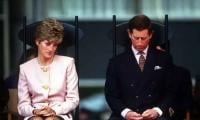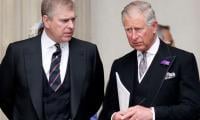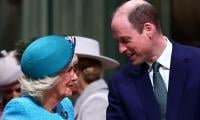PESHAWAR: From 73 to 77 percent children are forced to leave their government schools after completing primary education due to shortage of high schools, low standard education and poor results in Khyber Pakhtunkhwa (KP), while only from 23 to 27 percent children get their education till matriculation in government schools.
Majority of middle class girl and boy students take admissions in private schools, while children of poor parents confine themselves to child labour or homes by leaving their education incomplete. The enrollment of children remains 63 percent in primary level while it reduces to 35 percent in high schools. On the other hand, the same enrollment remains 33 percent and it increases to 65 percent inhigh schools. The 180,0560 children still out of school in KP.
According to an annual report of IMU, there are total 21,179 primary schools in KP where 12,593 boys and 8,589 girl students study. But for utter surprise there are only 2,242 high schools in the province and out it 812 are for girls while 1,430 are for boy students, while number of higher secondary is 643 in KP.
Under the Article 25 of the Constitution, it is the responsibility of the state to provide compulsory education from 5 to 16 years old children. But all governments of the past including Pakistan Tehreek-e-Insaf (PTI) failed to check drop out of children.
Provincial Information Minister Shaukat Yusufzai admitted that the majority of children leave their education incomplete after primary education due to social or financial compulsions or other reasons and government is working seriously to check this trend so that the children can at least get education till matric.
According to official documents 705,542 children took admission in KG in 2006-7 while in 2011-12 only 381,281 children could reach 9th class and so only 223,529 girl and boy students complete their education till 8th class. The documents records that in 2016-17 the 174,334 children reached matric class and so total 23 percent children got their education till matric in government schools while 544,024 children left government schools.
According to Elementary and Secondary Education 668,335 children took admission in prep class in 2007-8 and its number reduced to 370,619 in 5th class while number these students reduced to 25 percent in matric in 2017-18. According to facts and figures of KP 64.59 boy students and 46 percent girl students get primary education while only 24.33 percent boy students and 19 percent girl students achieve primary education in the merged tribal areas and these number further reduces in high schools. According to the documents 370,619 enrollment of children was recorded in in 5th class in 2012-13 which would further reduce in next years.
The documents showed that 297,646 children took admission in 6th class during 2013-14 while next year 260,968 children admitted to 7th class and in the same way 238,597 children reached 8th class in 2015-16 while the strength further reduced in 9th class while 196,029 children could reach 9th class in 2016-17. The documents showed that 169,782 students could reach 10the class in 2017-18 and this showed that 200,837 children dropped out from government schools during class 5th to class 10th.
The 791 maqtab schools and 255 community schools are functioning in the province. Almost 160,000 teachers and about 100,000 other staff are performing their services in the province. The 23 percent of total Rs1.46 billion budget is being spent at elementary and secondary education level.
Shaukat Yusufzai said that the issue is made serious on the part of parents who are not interested in sending their children to schools. They themselves push their children to child labour, however, government is giving free of cost education, he said, adding the schools are being arranged in the buildings on those areas where no middle and high schools are available so that the children could complete their education near their homes.
The minister said that a new system of monitoring is being formulated in order to check drop out. He said that people of middle and rich class prefer to send their children to private high schools but the government is arranging high classes in evening timings in government schools, so that the issue of shortage of high could be solved.















